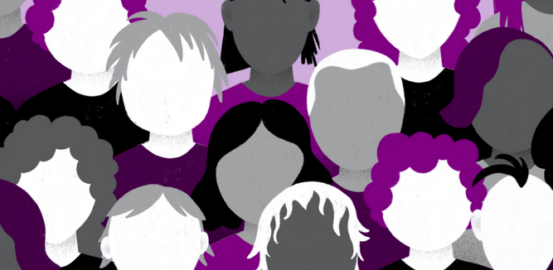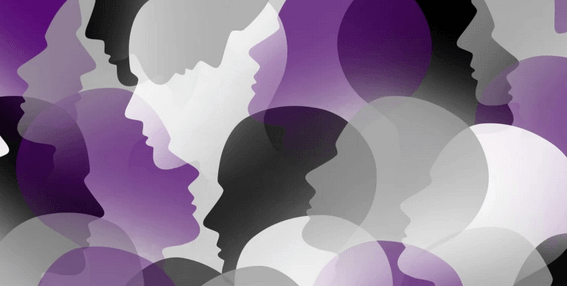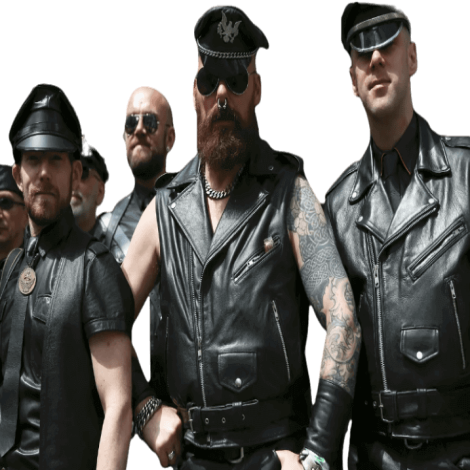If you have questions about your gender identity and are considering transitioning, it is important to understand what this process entails. Transitioning means making changes that will allow you to live as the gender you identify with. These changes can include changing your name, receiving gender-affirming hormone therapy, and undergoing gender-affirming surgery.
Understanding Gender Identity
Before you begin the transition process, you need to understand what it means to be transgender or transgender and what it means to you. A person who identifies as transgender or transsexual feels that their gender identity is not consistent with the gender they were assigned at birth. This can cause significant distress and discomfort, and Transition can help alleviate these feelings.
Steps of gender transition
The gender transition process may vary from person to person and there is no one "right" way to transition. However, some common steps in the process include.
- Come out of the closet. This includes telling friends, family and others about your gender identity.
- Social transition. This involves changing your name, pronouns, clothing style, and other aspects of your appearance to match your gender identity.
- Hormone therapy. This includes taking hormones (such as estrogen or testosterone) to help develop secondary sexual characteristics that are consistent with your gender identity.
- Gender confirmation surgery. This involves a surgical procedure (such as a vaginoplasty or phalloplasty) to change the primary gender identity.
It is important to note that not all transgender individuals choose to undergo all of these steps in the transition process. Some people may only undergo social transition or hormone therapy without surgery.
Find Support
Gender transition can be a challenging and emotional process, so it is important to have a support system in place. This may include friends and family who accept your gender identity, as well as health care professionals who specialize in transgender care.
If you are considering transitioning, it can be helpful to connect with other transgender people who have had similar experiences. There are many communities and support groups that can help you. Contact the Taiwan LGBTQ Counseling Hotline.
Remember, everyone's journey is unique and there is no "right" way to become a transgender person. Do it at your own pace, and seek resources and support when you need it.
Sources























